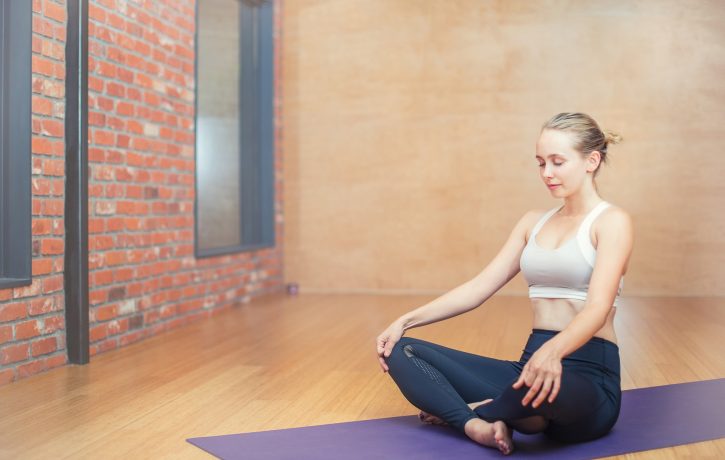Posture & The Myths That Still Exist in 2020

Despite common beliefs, there is no such thing as “correct” posture. There is NO strong evidence that optimal posture even exists or that avoiding “incorrect” postures can prevent back or neck pain.
Individual differences are purely natural human variation and there is no variation that has been identified as more susceptible to back pain, therefore, back pain can NOT be attributed to normal variation.
The way we carry ourselves can however reflect our emotions and beliefs around body image or adopted as a strategy to protect perceived fragility or vulnerable areas like the lower back. Sitting comfortably is perfectly safe so it is not necessary to avoid certain postures that may come from individual beliefs and fears around back pain. Changing habitual postures and exploring others may actually help offer some symptom relief.
Myths around lower back pain only feed into concerns around fragility and increase the mentality to protect. Common warnings to protect the spine are not evidence-based and only increase fear and drive that need to protect. Sitting for more than 30 minutes is not dangerous for us however we can start to feel discomfort or even pain. Moving and changing position is an easy way to reduce and control pain, and being more physically active is even more important for our health.
Applying a one size fits all approach to postural and movement screening ignores the diversity of body shape and postures. Also, if postural education was going to make a difference to back and neck pain, then we would have expected to have seen a difference by now as it has been about 25 to 30 years of work-based assessment and advice on sitting positions.
Our bodies are durable and robust and not fragile and prone to damage due to sitting for long periods. Sitting can lead to aches and pains, but that is more due to increased sensitivity of the tissues due to long durations. This is known as the “physical activity paradox”.
We need regular physical activity at a moderate to high intensity to maintain the physical health of our muscles, bones and joints, yet long-duration activities at low intensity such as we are exposed to due to our working practices drive tissue fatigue and increase sensitivity, inflammation, blood pressure and resting heart rate.
By being more mindful of including regular movement throughout our day we can reduce the risk of developing back and neck pain and even learn to control back pain and reduce the suffering in those that already experience persistent back and neck pain.
If you are struggling with postural problems or back or neck pain and want advice on how to better manage your pain and even learn how to improve things where other interventions haven’t helped, then get In touch with The Body Matters team to see if we can help.
- The Missing Piece in Wellness? Why Realization Process Offers More Than Mindfulness - 22nd July 2025
- Somatic Healing with the Amnanda Process - 18th July 2025
- Deepen Embodiment: Somatic Breathing with the Realization Process - 20th June 2025
